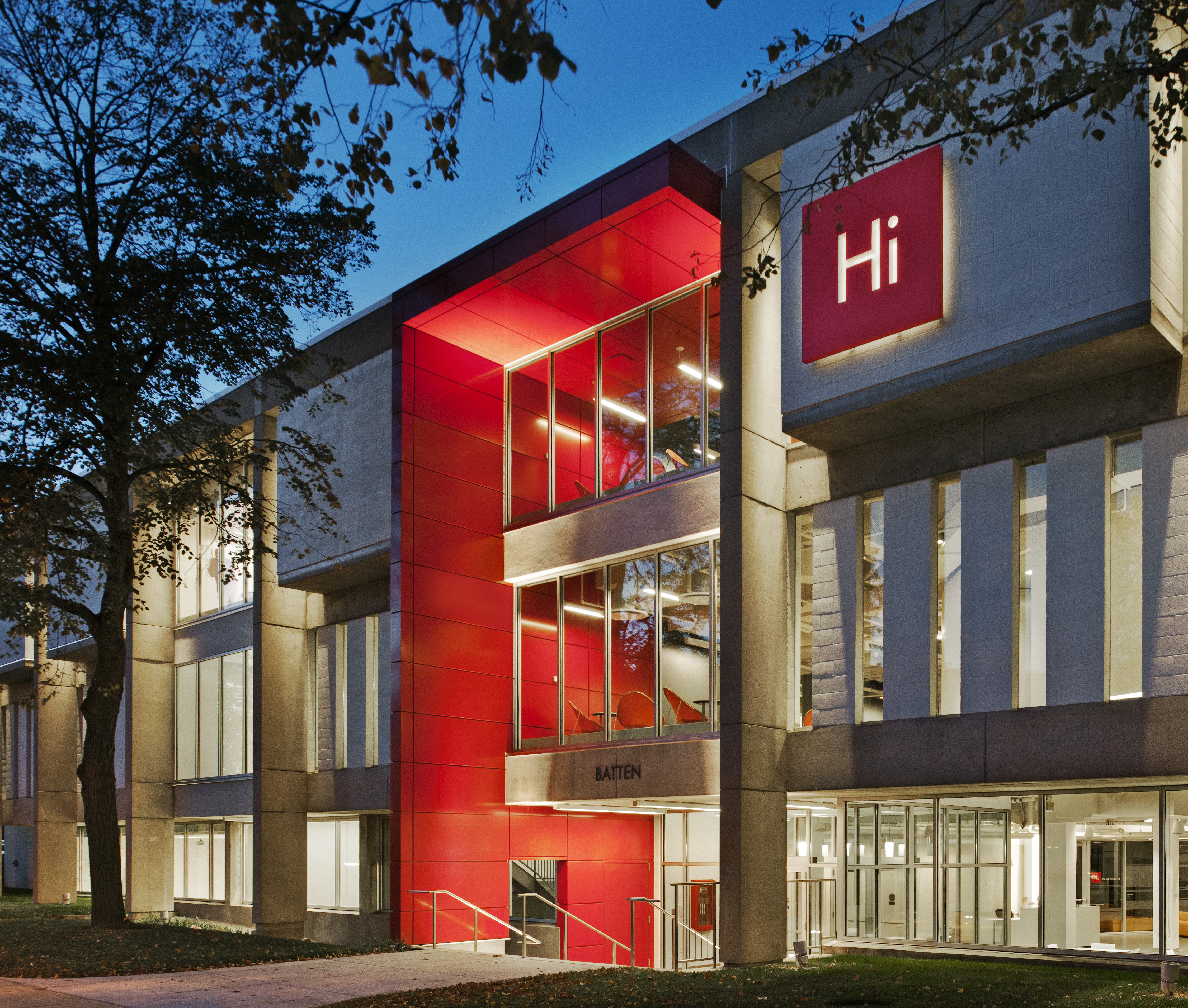Embodied carbon: Why does it matter?


What is embodied carbon?
Embodied carbon refers to CO2 emitted during the manufacture, transport, and construction of building materials, plus end of life emissions. While significant progress has been made to understand how to reduce operational emissions—our industry is getting more and more successful at making efficient buildings—there is still a gap in our knowledge and effort toward reducing embodied emissions.
Unlike operational carbon, which can be reduced over time with energy efficient renovations and the use of renewable energy, embodied carbon emissions are locked in place as soon as a space is built. Embodied carbon will be responsible for almost half of total new construction emissions between now and 2050, according to Architecture 2030. We need to get a grip on the embodied carbon now if we want to meet the climate targets by the year 2050.
Embodied carbon will be responsible for almost half of total new construction emissions between now and 2050.
Architecture 2030
Gaining perspective on CO2
At a recent embodied carbon conference put on by MIT and the BSA, we learned that by 2060, the world population is expected to increase by about 2.67 billion people. The world urban population should outpace that, with expected growth of about 2.75 billion people. What does this mean for buildings? Global building floor area will increase by 230 billion square meters or double the current worldwide building stock. That’s an entire New York City built once a month for the next 35 years!
As an end user of fossil fuels, the building sector accounts for more emissions than any other, producing nearly half of total global greenhouse gas (GHG) emissions—not including existing buildings. We do not have 30 years to figure this out.

Life Cycle Assessment: Cradle-to-grave life cycle scopes, adapted from BSA Embodied Carbon in Buildings Conference 2019.
When designers push beyond
We as architects and designers have a responsibility to help lead the charge by actively learning and acting at the same time. Here are a few ways we can proactively move the needle.
- The greenest building is one that is already built. Let’s use what we already have well, and re-use existing building to eliminate the creation of embodied carbon.
- Don’t ignore embodied carbon. It needs to be part of the conversation at the inception of a project with points of intervention throughout.
- Inspire, inform, and enable low-carbon construction by helping to drive the market toward embodied carbon transparency using environmental product declarations (EPDs).
- Help create less harmful buildings by integrating LCA (whole building life cycle assessment) and benchmarking into the design process.





